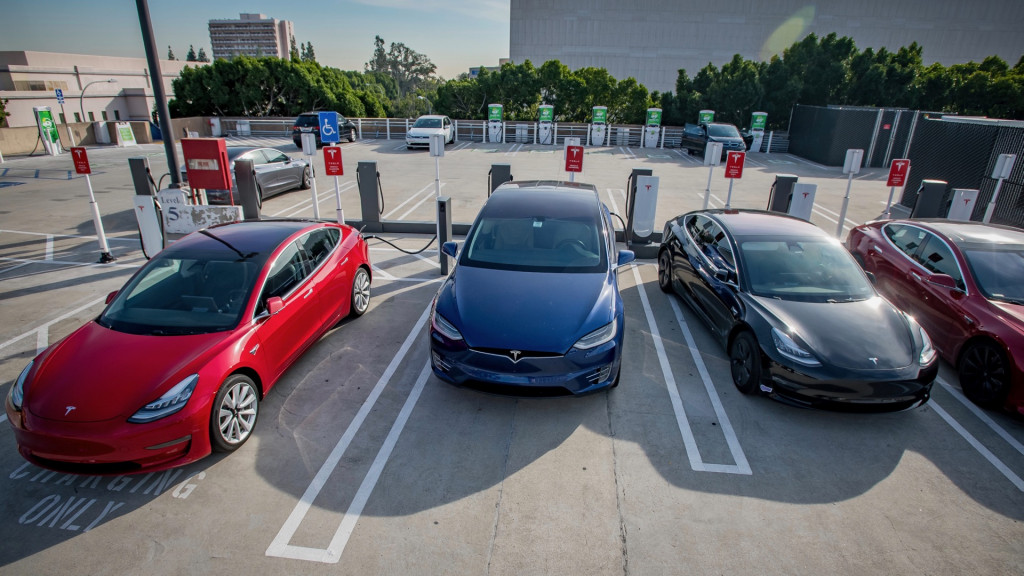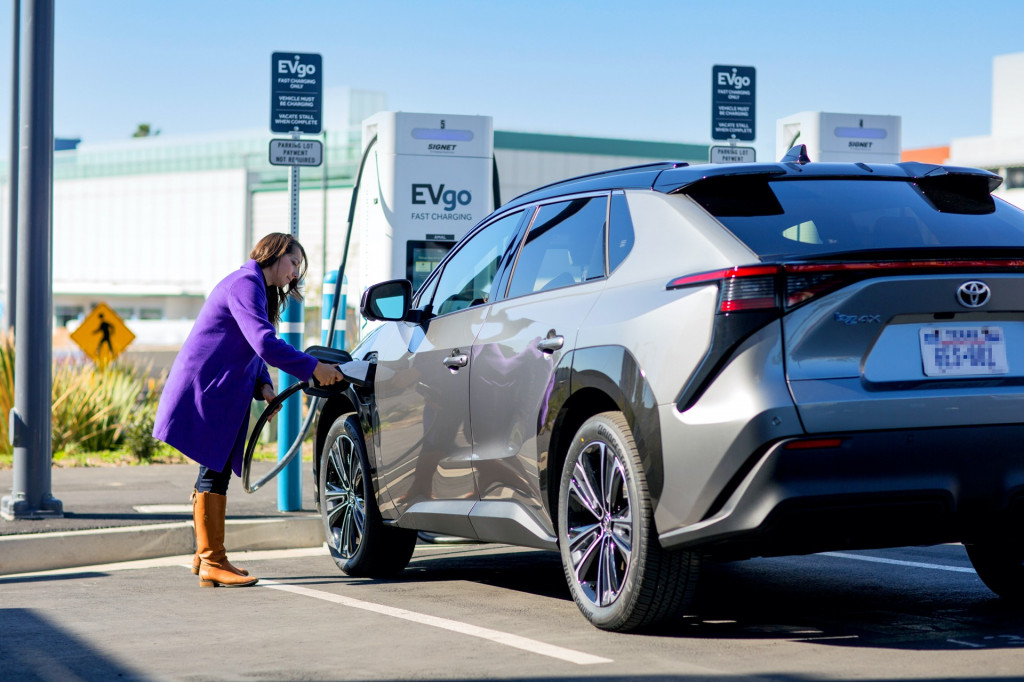On Friday, the National Highway Traffic Safety Administration finalized tougher fuel economy standards for vehicle fleets that will mean an adjusted, industry-wide average of about 49 mpg across new passenger vehicles and light trucks in 2026.
The standards, which are a step steeper than the administration’s original proposal, boost fleet efficiency by 8% for model years 2024 and 2025 and then by 10% for model year 2026.
More efficient vehicles will not only save money at the pump but reduce America’s reliance on fossil fuels, NHTSA pointed out. It estimates that the Corporate Average Fuel Economy (CAFE) requirements—first introduced in 1975—have cut U.S. oil consumption by 25%, or about 5 million barrels a day.
“These improvements will also make our country less vulnerable to global shifts in the price of oil, and protect communities by reducing carbon emissions by 2.5 billion metric tons,” said U.S. Transportation Secretary Pete Buttigieg, in a release about the standards. The administration also underscored that these vehicles will also be safer than ever.

Marengo Charging Plaza, Pasadena, California
This will essentially bring the fleet emissions level somewhat higher than Obama-era rules, which were preempted by the Trump administration. The Biden administration’s original proposal had landed just short of those, leading to a rally from environmental groups calling for more aggressive targets to essentially “catch up.” Even if the standards help lead to 50% EV sales by the end of the decade, for instance, the U.S. fleet would still contain less than 10% EVs—based on how only a small portion of vehicles are replaced by new ones each year.
Procedurally, the new standards follow an executive order issued in January 2021, directing NHTSA to review the Trump administration’s Safer Affordable Fuel-Efficient (SAFE) rule introduced in March 2020, which cut the 5% annual improvement set by the Obama administration down to 1.5%, while stalling on implementation and enforcement of higher fines for automakers exceeding the standards. Earlier this week, NHTSA reinstated and increased those penalties starting with the 2022 model year.

2023 Toyota bZ4X at EVgo charging station
The standards do not place a mandate on electric vehicle sales, as is the case for California ZEV states, but they do provide a rules framework that makes them nearly impossible to avoid in volume for full-line automakers who want to keep building large, gas-guzzling trucks. It carries over the current framework of credits, including off-cycle credits for some technology items that could give a real-world efficiency boost, plus a mechanism for banking and trading credits.
The CAFE rules are coordinated with emissions policy from the EPA, which set a final rule last year, that projected the new rules might lead to about 17% of the fleet to be EVs and plug-in hybrids combined by 2026—versus an estimate of just 8% with the originally proposed standards. Meanwhile, 16 states and ethanol groups have allied to continue challenging the tighter EPA rules, alleging that they favor one technology (EVs) over the other.








